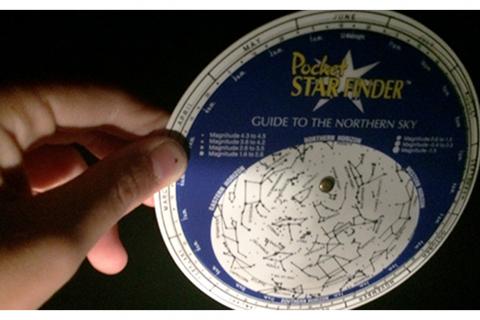
A spectacular night under the cover of darkness can be inspiring.
Get away for the lights of town and look to the sky. You’ll be amazed at what you can see with the naked eye. Use binoculars to open up a whole new world for you to see.
The Moon
The Earth’s moon is often the star of the nighttime show.
After the sun, the moon is the brightest object in our sky. This is because of the moon’s proximity to Earth, a mere 238,855 miles away on average.
One curious fact about the moon is it has a synchronous rotation. This means it takes the same amount of time to rotate once on its axis as it does to orbit around Earth. This means we on Earth always see the same side of the moon.
It doesn’t mean the far side of the moon always is dark though. It receives the same amount of sunlight as the near side.
Look for the dark patches that are areas of dried basaltic lava. Craters are also visible, especially if you use binoculars.
The Stars
Full moons can light up the night sky, but new moons are best for stargazing.
It is fascinating that so many cultures have created constellations out of the star patterns. Pick up a star chart and an astronomy map to help you learn when you can see the specific constellations in your area.
The Big Dipper is one iconic constellation. Use this to orient your stargazing. You can even use the outer two stars on the bowl of the Big Dipper to point you to the North Star.
Although Orion can be seen in the early morning hours of late summer, it is a dominant winter constellation for much of the northern hemisphere. Look for Orion’s distinctive belt and sword.
Other Highlights
Despite the popular name of shooting stars, meteors aren’t stars at all. Instead they are small rocky or metallic objects streaking through Earth’s atmosphere.
Meteor showers occur with regularity as Earth’s orbit passes through meteor streams. The Perseids in August and the Leonids in November are two of the most well-known meteor showers, although smaller ones occur throughout the year.
At times, planets can be striking in the night sky.
The red tinge of Mars stands out. Venus and Jupiter are often quite visible. Mercury, the smallest planet, appears faintly from time to time. Saturn is also visible at times. Uranus and Neptune are so far away that binoculars or a telescope usually are required to see them.
While rare, seeing the northern lights are always a possibility. Solar flares from the sun create these stunning displays as charged particles collide with the gaseous particles of our atmosphere. It’s true they are more commonly seen the farther north you go, but people in areas as far south as the central United States can see faint northern lights under the right conditions.
Not everything in the night sky is natural.
The steady streaks of light zipping along are satellites. There are thousands of satellites now in orbit. Most aid in communication and navigation. It is fun to count how many satellites you can spot in a single night.
One of the best parts of camping is the night sky. Don’t forget to step away from the campfire and see what’s shining in the dark.
- 1339 views

